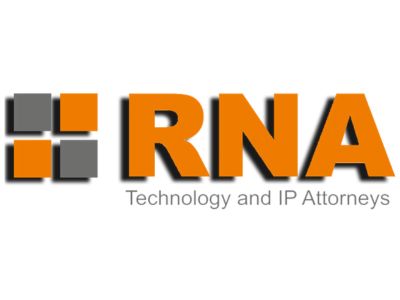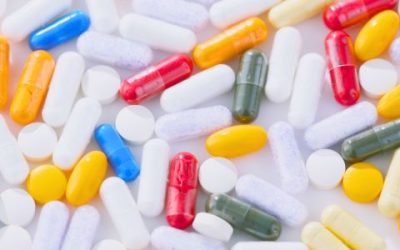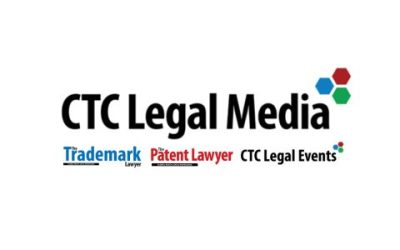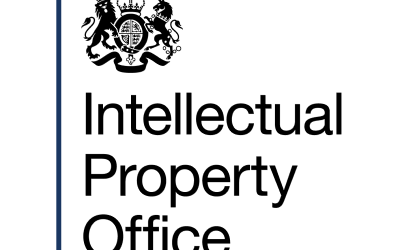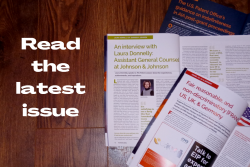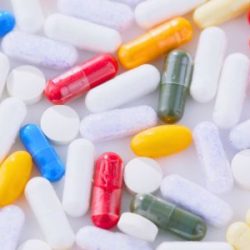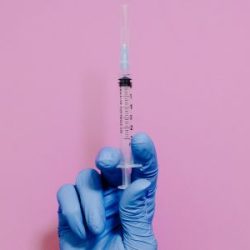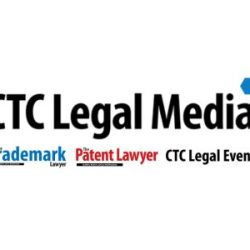A patent application filed for a formulation or composition typically involves at least one active pharmaceutical ingredient (API) that is combined with various excipients. The excipients are substances that serve as carriers, stabilizers, solubilizers, preservatives, or enhancers of bioavailability. The resulting formulations not only deliver the API effectively but also enhance its safety, stability, shelf life, and patient compliance.
Role of excipients
In the context of small-molecule drugs, excipients may assist with controlled release, taste masking, or solubility enhancement.
In biologics, such as monoclonal antibodies, vaccines, and recombinant proteins, formulations become even more crucial, as biological actives are inherently unstable. Here, excipients act as buffers, surfactants, cryoprotectants, or chelating agents to prevent aggregation, denaturation, or degradation, particularly during storage, transport, or freeze-thaw cycles.
The patent protection for such formulations under the Indian Patents Act is challenging, given the wide restrictions placed under Sections 3(d) and 3(e) of the Act.
Understanding Section 3(d) and Section 3(e)
- Section 3(d) prohibits patents on new forms of known substances (such as salts, polymorphs, esters, or combinations) unless they result in enhanced therapeutic efficacy.
- Section 3(e) prohibits patents on mere admixtures or combinations of known ingredients, unless they result in a synergistic effect, i.e., the combined effect is greater than the sum of the individual effects.
As a result, patent applications for formulation and composition claims often receive preliminary refusals under these provisions during the patent examination process.
The Madras High Court recently considered the scope of Section 3(d) and Section 3(e) in a patent appeal (CMA (PT) No.28 of 2023) filed by Amgen Inc. against a pre-grant refusal of their application.
Background
Amgen originally filed an application (No. 5857/CHENP/2008) for the grant of a patent on lyophilized formulations, relating to Romiplostim, a thrombopoietin receptor agonist to treat chronic immune thrombocytopenia (ITP) in patients who have not responded adequately to corticosteroids, immunoglobulins, or splenectomy.
Amgen claimed the formulation works by stimulating platelet production in the bone marrow and is administered as a weekly subcutaneous injection.
On March 31, 2023, Amgen’s patent application was rejected following examination and pre-grant opposition by Intas Pharmaceuticals.
The Madras High Court, after thoroughly examining the arguments and evidence presented by Amgen, the Indian Patent Office, and Intas Pharmaceuticals, ruled in favour of Amgen and allowed the patent with a narrowed scope.
Court ruling and observation
The Court’s judgment provides significant judicial guidance on the interpretation and application of Sections 3(d) and 3(e) of the Indian Patents Act, particularly in the context of biologic formulations. The Court clarified that:
- To overcome a Section 3(e) objection, it is not necessary to provide exhaustive before-and-after comparisons; rather, it is sufficient to demonstrate a synergistic interaction between the components of the composition.
- If the ingredients function together in a way that produces a result greater than their individual effects, such as improved stability or reduced aggregation, this establishes that the formulation is more than a mere admixture.
- In this case, Amgen successfully demonstrated such synergy using experimental data, which showed that the selected excipients, sucrose and Tween-20, interacted to enhance the stability of the biologic.
- On Section 3(d), the Court reinforced that a claimed process cannot be rejected as merely a known method unless the prior art clearly discloses the same method applied to the same substance. General references to lyophilization and the use of common excipients, as seen in Amgen’s own prior art disclosure and the document relating to IL-12, were insufficient to establish that the process was previously known.
- The Court also recognized the importance of specificity in excipient selection and concentration, holding that a detailed and tailored formulation, particularly in the biologics space, involves inventive skill rather than routine experimentation.
Key takeaways
The judgment clarifies that while Sections 3(d) and 3(e) set a high bar for patentability, they do not automatically exclude well-supported and inventive formulations from protection.
Regarding Section 3(d), the Court confirmed that a process should not be dismissed simply because its parts are familiar, unless the identical method has already been revealed and used for the same substance in existing prior art.
Regarding Section 3(e), the Court confirmed that evidence of functional synergy, where the combined excipients demonstrably improve the formulation, would suffice to establish patentability, even without exhaustive comparative data.

Written by Ranjan Narula
Managing Partner, RNA, Technology and IP Attorneys

Written by Suvarna Pandey
Associate Partner, RNA, Technology and IP Attorneys
You may also like…
Pharmacyclics LLC v. Deputy Controller of Patents: the evolving landscape of divisional applications in India
The Calcutta High Court's recent judgment in Pharmacyclics LLC v. Deputy Controller of Patents marks a pivotal moment...
CTC Legal Media welcomes new Editor-in-Chief, Elizabeth Jordan
CTC Legal Media is thrilled to welcome Elizabeth Jordan as the new Editor-in-Chief of The Trademark Lawyer and The...
Major consultation to strengthen UK’s £100 billion design sector
A major Government consultation launched today by the UK Intellectual Property Office (UKIPO) aims to modernize...
Contact us to write for out Newsletter


